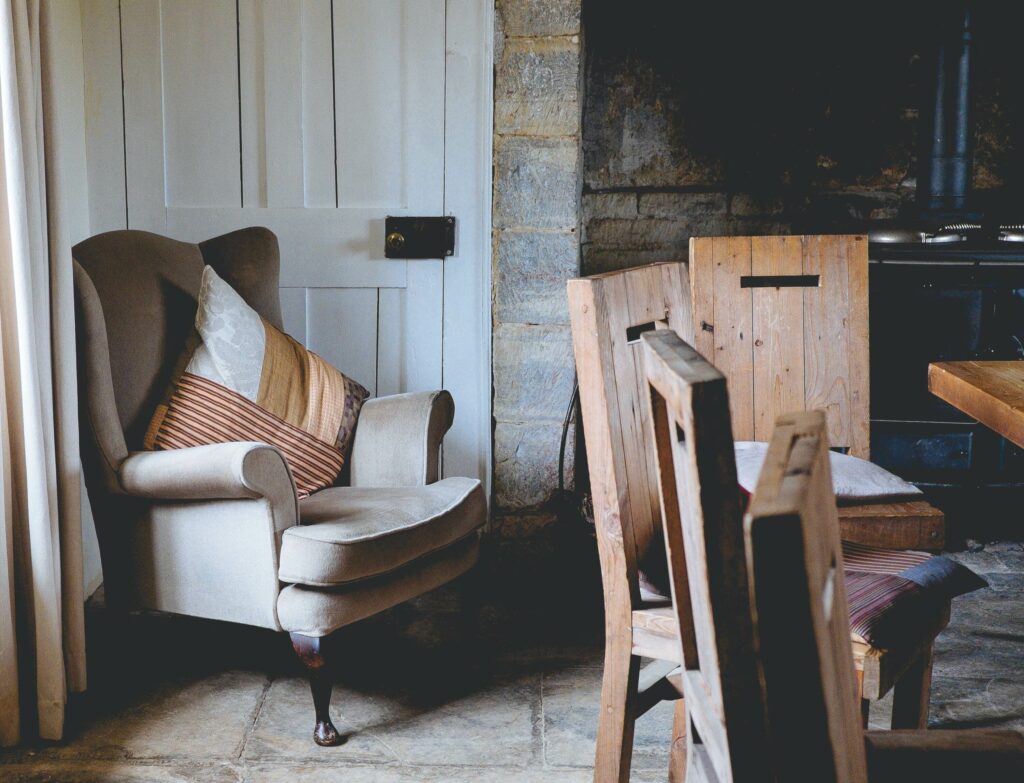Going green has become a priority for everyone living on this planet today. This is why sustainable designs are being increasingly preferred by homeowners. It enables them to contribute to the well-being of the environment by reducing their carbon footprint. Research published in the International Journal of Sustainable Built Environment supports an environmentally sustainable interior design (ESID).
It explains that an ESID uses aesthetic principles and strategies that can be applied globally for the best results. To make eco-friendly interior design possible, homeowners must understand how it can be implemented. Here are some tips that can be helpful in creating and maintaining a green interior design in your home:
1. Choose environment-friendly materials for furniture, flooring, and rugs
People focus more on the world outside when they think of going green. They rarely reflect on the materials that are used in their homes. Many feel satisfied by installing solar panels, reducing their use of electricity, and conserving water. These are, of course, important measures towards the creation of a sustainable lifestyle.
However, there are other elements of decor that play a significant role in creating a healthier planet. Among them are architectural design elements, floor coverings, and furnishings that use renewable materials.
2. Use reclaimed wood
In the creation of wooden furniture, lots of living trees are cut down. It is, therefore, evident that this is not a sustainable choice with regards to first use. One can make a difference here by using reclaimed wood. It involves recycling old material and giving it a new life that’s entirely eco-friendly.
Some of the best examples are rocking chairs, wood mantels, and coffee tables made out of reclaimed wood. Such type of wood can also be used as an excellent option for flooring.
3. Make use of bamboo
Bamboo has a high strength-to-weight ratio and is a versatile grass. Not only is this tropical grass-like wood to a great extent but it’s also more sustainable. It is also among the world’s fastest-growing plants. Hardwoods need 60 to 70 years after planting to be good enough for creating furniture items.
Bamboo can be used for creating furniture items within just four years of planting. It also needs fewer fertilizers or pesticides, making it even more environmentally friendly.
4. Use recycled metal
Scrap metal or recycled metal saves energy to a considerable extent and even reduces pollution. The sheen of a chair made from recycled aluminium effectively creates an industrial design in a home. It is also a good, sustainable option. Furniture created with plastics and recycled metal needs less processing and fewer resources.
This is not the case with the furnishings created out of non-renewable materials. The greatest benefit of metal is that it can be recycled multiple times without degrading its properties.
5. Use biodegradable substances for different applications
There are certain substances that are biodegradable and can be used for various applications. One of them is bio-glass. Of course, you might not want to be seated on a chair made of bio-glass. Although it has certain negatives, there are many positives to it. For example, it’s an exceptional green alternative.
It can be used for anything from items of decor to bathroom sinks, flooring, and countertops. Some of the homeowners include materials in their interior design that are made entirely of post-consumer recycled glass. This glass is heated and compressed to create solid-surfacing slabs.

